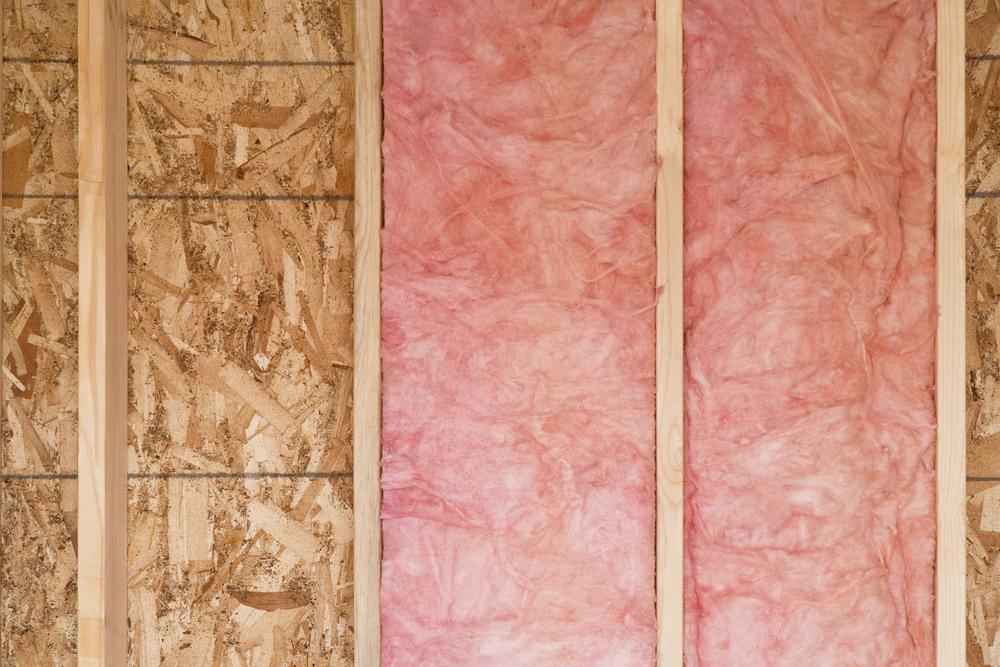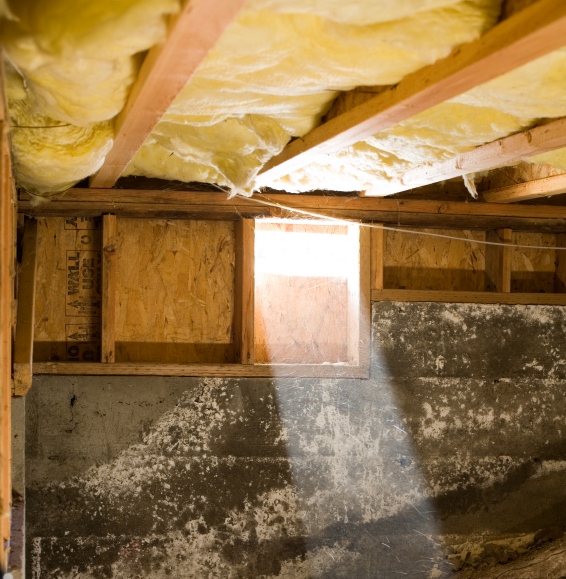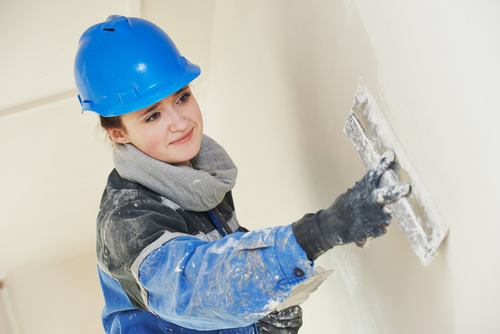Insulate Floors & Walls
Insulating your floors and exterior walls can create big home energy savings, up to 20% or more in heating and cooling costs. It also increases the comfort and value of your home.
Your Impact
Action Steps & Tips
Introduction

If you have cold floors, rooms that are too hot or cold, and high home energy bills, you might benefit from adding insulation to your exterior walls and floors. Floor and wall insulation can save 20% or more on heating and cooling costs! Insulation is also a great way to warm up those cold floors and make a cozier and more comfortable home.
This can be a more expensive action; the cost will vary depending on the size and type of project and each project will have a unique payback time. There may be rebates available to help with the cost.
1 Find out if you need more floor or wall insulation
Insulation just makes sense. However, even in newer homes, it is common for floors (basement or crawl spaces) not to have insulation. Signs that you might benefit floor or wall insulation include:
-
Cold floors or exterior walls in the winter
-
Hot or cold rooms or different temperatures between rooms
-
High heating or cooling bills
If you have any of these signs, the next step is to check further with an inspection.
Professional Check
If you don’t have good access to the area under your house or you don’t feel comfortable checking for insulation yourself, contact a professional to inspect your home. If this is your first insulation project, a Home Energy Checkup is a great way to start to get a good assessment of all energy savings projects for your home. There may be lower cost projects with bigger benefits that make sense to start with before adding wall or floor insulation.
Do-It-Yourself Check
Floor insulation. Determine if you already have insulation under your floors by looking in your basement or crawl space between the floor joists, sill plates, or along the foundation walls.
Wall insulation. To check if your walls are insulated, consider these options:
-
On a cold evening, touch an exterior wall in a heated room to see if the surface is cold (this can also be done in the middle of a hot day to check for heat.)
-
Check behind wall outlets. If you feel comfortable, turn off the power to an electric outlet on an exterior wall. Make sure to test if the outlet is off before you remove it by plugging something into it. Then remove the switch plate and shine a flashlight into the opening to see if there is any insulation between the studs.
-
Safety precaution: Don't disturb vermiculite, a lightweight, pea-sized flaky gray mineral insulating material that may be in your walls. It may contain asbestos. If you think you may have vermiculite insulation, contact your local health department for instructions on how to test and have it removed by a certified asbestos abatement contractor.
-
-
Use an infrared thermometer to check the temperature of a wall and compare it to the temperature in your home and outside. If your wall temperature is much hotter or cooler than the temperature in your home, you may need insulation. You can get an infrared thermometer for around $20 or less.
Find out what level of insulation you need. Next, check the Recommended Levels of Insulation guide from Energy Star.
2 Decide whether to DIY or hire a professional
Below are some things to consider when deciding whether to do the work yourself or hire a professional. Check out the Energy Star guide to Basement and Crawlspace Air Sealing and Insulating to learn more.
Floor insulation. If your basement or crawl space is accessible and you enjoy tackling bigger home improvement projects, basement sealing and insulation may be a good DIY project. Otherwise, consider hiring a contractor. If you have any of the following problems, hiring a contractor is recommended:
-
wet or damp floor or insulation
-
a very hot or cold basement
-
insects or cracks in basement walls
Wall insulation. Adding insulation to walls can be a bigger job. If you are remodeling and will be opening exterior walls up (removing drywall), it is easy to add insulation. If you are not planning to open your walls up, the other option is blowing insulation into wall spaces. Blowing insulation is more complicated and it is generally best to hire a professional.
Costs. The cost can range from a few hundred dollars for supplies if you do it yourself to $1,000-2,000 or more for professional installation. Blowing insulation into existing walls can be expensive and may not be cost effective compared to the energy savings.
Consider getting a professional estimate of cost savings to help you decide.
3Insulate your floors and walls
It’s time to insulate! If you decide to do this project yourself, be safe! Follow all the safety guidelines and recommendations. If you hire a professional, don't forget to check their references.


